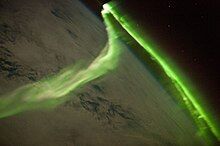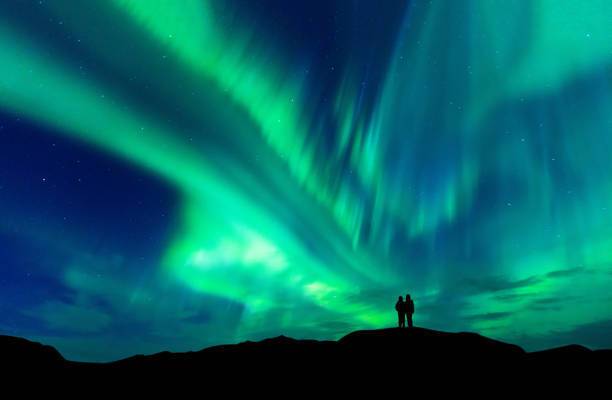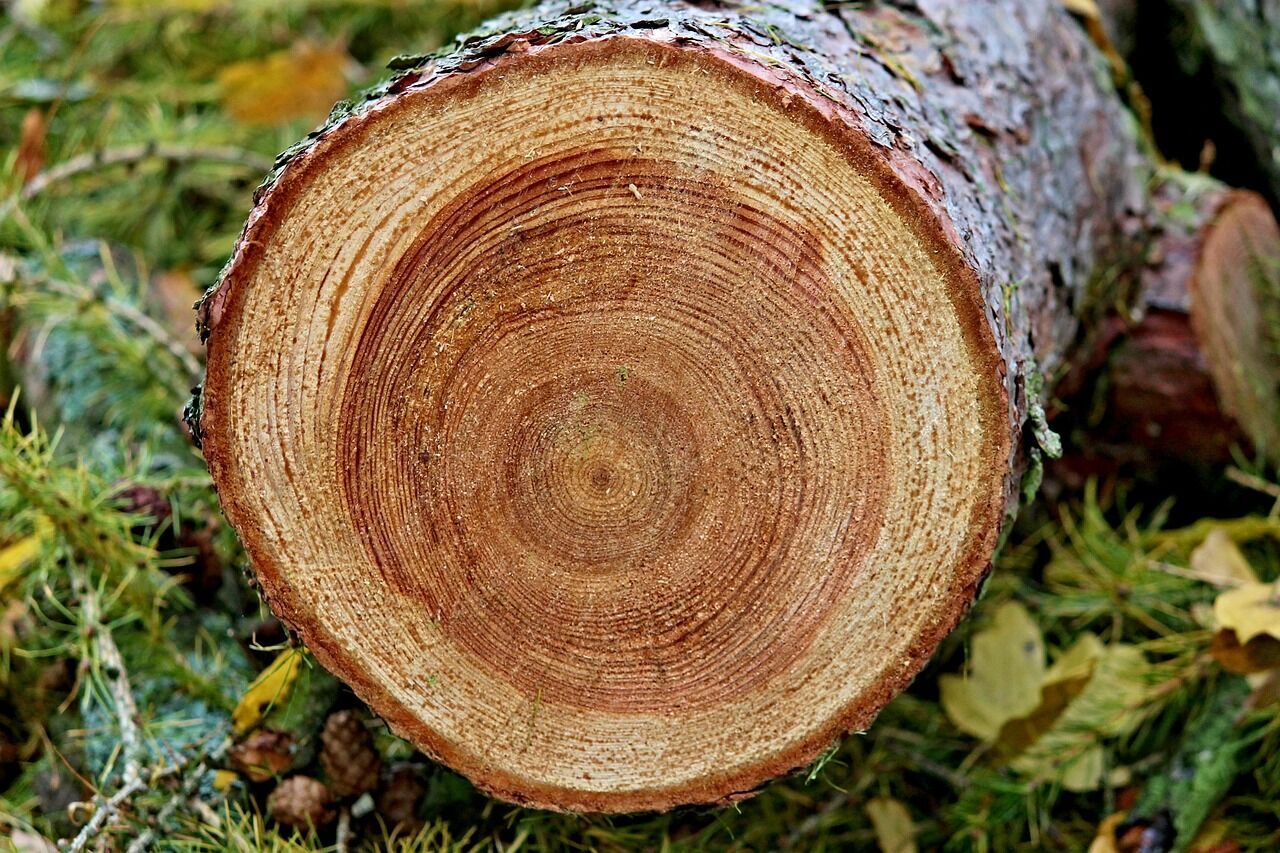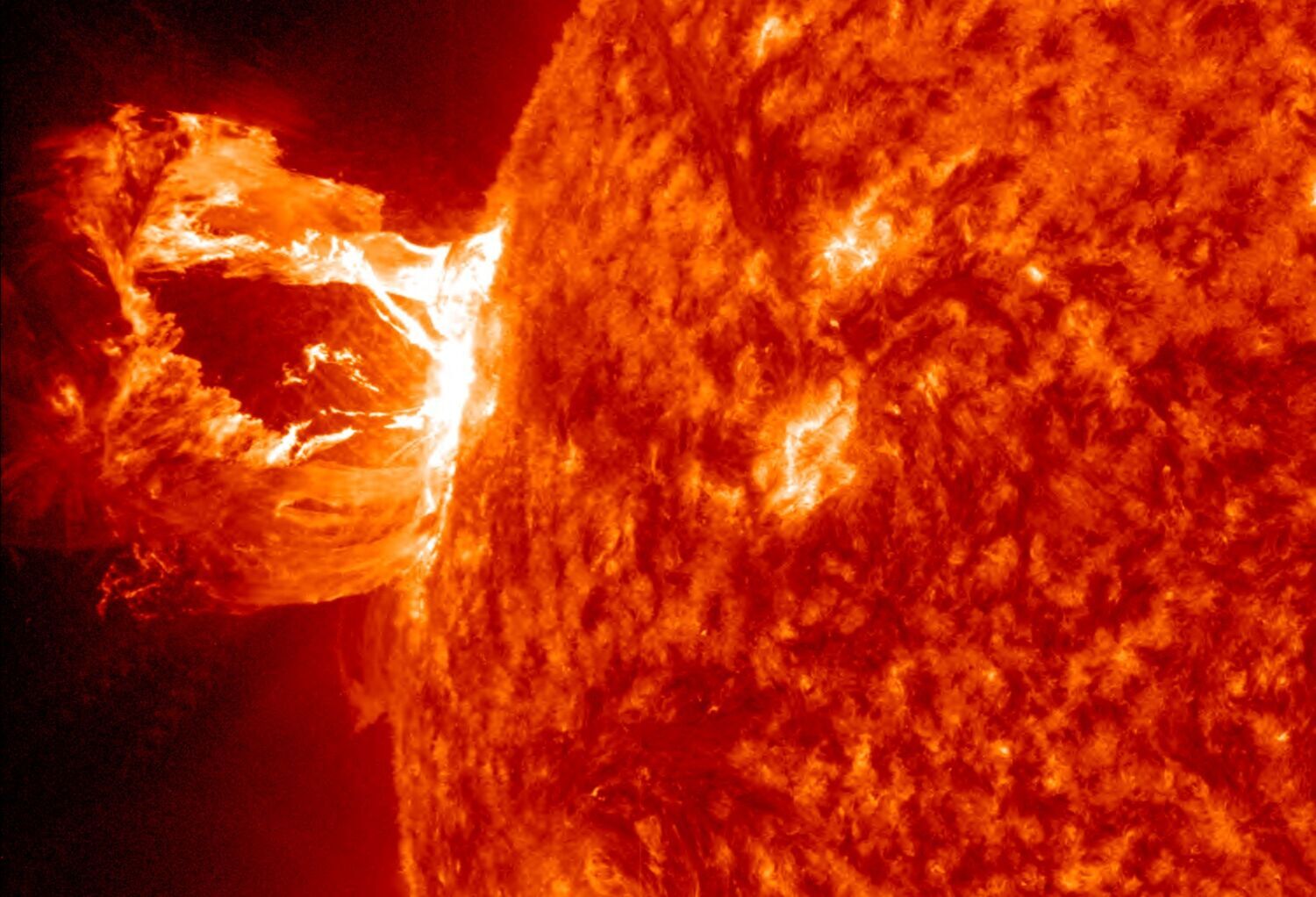News
Tree rings revealed to scientists the secrets of the largest solar superstorm of our time
The Carrington Event of 1859, or the Solar Superstorm, was a powerful magnetic storm that scared the entire planet and made us think about the true power of the Sun. It was one of the greatest astronomical mysteries, and recently a solution was found.
In March 2024, a group of scientists conducted a study that sheds new light on this unprecedented cataclysm. Unexpectedly, it turned out that the solution lies in the rings of old trees, Study Finds writes.
What is known about the solar superstorm?
On September 1, 1859, amateur astronomer Carrington was observing spots on the surface of the Sun when he suddenly witnessed an intense burst of white light – a solar flare. This was only the beginning of a cascade of events that led to a massive cloud of charged particles hurtling toward Earth and causing what we now know as a geomagnetic storm.
The impact of this solar strike was felt all over the world. Auroras were seen as far south as Cuba and Hawaii. Telegraph systems went down, operators reported being electrocuted and saw sparks flying from their equipment. Some even claimed to be able to send messages without connecting batteries – they were powered solely by the current from the storm.
In the 164 years since the Carrington event, scientists have been trying to piece together the puzzle of what exactly happened and how it can help us prepare for future solar storms.
The study by Dr. Junas Uusitalo and his colleagues, published in the journal Geophysical Research Letters, adds to the intrigue.
The scientist found the answer in studies of radiocarbon and wildlife, namely, how trees record the sun's activity in their annual growth rings.
When high-energy particles from solar flares or cosmic rays bombard the Earth's atmosphere, they can cause a chain reaction that produces a rare form of carbon called carbon-14 (14C), or radiocarbon. This radioactive isotope is absorbed by trees during photosynthesis, leaving a distinctive trace on the wood that lasts for thousands of years.
"Radiocarbon is like a cosmic marker that describes phenomena related to the Earth, the solar system, and outer space," says study co-author Markku Oinonen, director of the University of Helsinki's Chronology Laboratory.
By carefully analyzing tree rings from around the time of the Carrington event, Uusitalo's team hoped to find a spike in radiocarbon content that could provide a time stamp for the solar storm. However, what they found was much more surprising.
When comparing samples from trees in northern Finland to those in mid-latitudes, the researchers found a mysterious discrepancy. The high-latitude trees showed a significant increase in radiocarbon content in the years immediately following the Carrington event, while their mid-latitude counterparts showed no such increase.
A magnetic explanation
What could have caused this geographic disparity? The answer seems to lie in a complex interaction between the Sun, the Earth's magnetic field, and our planet's atmosphere.
One hypothesis is that the Carrington event triggered a massive influx of radioactive carbon-producing particles into the upper atmosphere above the poles, a region known as the stratosphere. From there, the radiocarbon-rich air slowly moved down to the lower atmosphere, where it could be absorbed by trees.
This process, known as stratospheric-tropospheric exchange (STE), is thought to occur faster at high latitudes, which may explain why the Finnish trees showed an earlier and more pronounced spike in radiocarbon content.
Interestingly, this is not the first time that such a latitude-dependent radiocarbon signal has been detected. Similar patterns were observed in tree rings dating back to two other massive solar storms in 774 and 993 AD. This suggests that the Carrington storm, despite its historical significance, could have been just one of a series of extreme solar events that left their mark on our planet's carbon cycle.
But the story doesn't end there. When Uusitalo and his colleagues tried to reproduce their findings using state-of-the-art computer models of atmospheric transport of radioactive carbon, they ran into a problem. The models could not accurately reproduce the high-latitude excess of radiocarbon observed earlier.
This indicates that we may be missing something about the movement of carbon in the atmosphere, especially in the polar regions.
This discrepancy underscores the importance of studying past solar storms not only for their own sake but also for what they can teach us about the complex dance between the Sun and Earth's climate system. By unraveling the mysteries of the Carrington event and others like it, we can gain valuable insights into atmospheric circulation patterns, ozone chemistry, and the behavior of the Earth's magnetic field – all important pieces of the global climate puzzle.
Moreover, in an era when our technological infrastructure is becoming increasingly vulnerable to the vagaries of space weather, understanding the frequency and severity of past solar storms can help us better prepare for the future.
Just as the Carrington event wreaked havoc on telegraph networks in the nineteenth century, a similar event today could disrupt power grids, satellite communications, and GPS systems around the world. That's exactly what happened on May 10, when a powerful geomagnetic storm caused a radio blackout across much of the Eastern Hemisphere.
"This observation potentially opens up new avenues for studying past solar events and atmospheric dynamics. This knowledge can be valuable in assessing the potential societal risks posed by such phenomena. In addition, they can provide important insights into the multifaceted atmospheric dynamics and STE processes free from modern-era contamination by anthropogenic radionuclides and fossil carbon signals," the authors write.
Only verified information is available on our Telegram channel OBOZ.UA and Viber. Do not fall for fakes!































